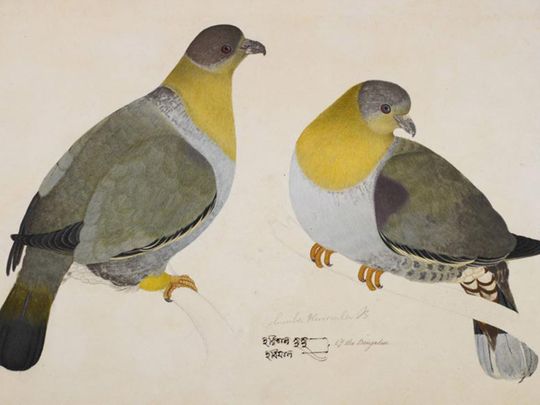
John S. Allen, anthropologist and best-selling author of the book “The Omnivorous Mind: Our Evolving Relationship with Food” (Harvard University Press, 2012), stated, “Food has meaning, it evokes memories, and it shapes identities.” Allen also explained how memories can be multiple, consisting of many histories.
Memory can be tricky, and often it does not respond like an organized storyboard. Memories come and go, not in full frames but in amnesiac impressions, which then the thinking grey matter does not push out of its ambit. Unknowingly, they are related to our collective cultural identity. In that selection of memory, the brain is partial to anything related to sustenance—read—food.
Here’s a story that interplays with public memory and individual forgetfulness, seemingly deliberately pervading imperial natural history—ichthyologic, zoological, botanical assets intertwined with India’s food and art history.
Friendly neighborhood Kid-Lit
Memories of a luminously illustrated “children’s” book called “Tutu—Bhutu” (dog-cat bestie) and their adventures, where besties manage to catch a humongous fish named a Kalbose in Bangla; a genus of carp found in freshwater in tropical Asia and parts of Africa, loom large. I guess I was just four or five when this rather common kid lit, much loved by the Bengali middle class of the 1970s, entered my life.
In the story, Tutu-Bhutu struggle to bring back the huge fish to Bhutu’s home, where a gala feast is arranged with delish dishes of quorma, kalia, jhol (stew), jaal (curry), and fish chutney, all made from the same catch. Today, even sourcing a kalbose is obscure. Kalbose or the carp and some hundred hitherto unknown species of fish first make their appearances in the annals of an ichthyologic survey; a part of massive scientific documentation that took place in colonial India more than two hundred years ago.
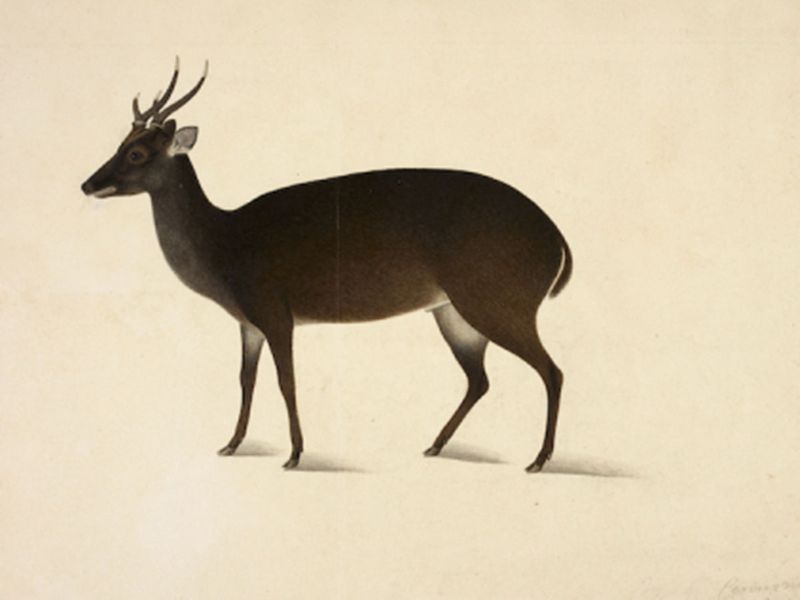
'Fishes of the Ganges'
The survey, an illustrated tabulation, is believed to be one of the earliest modern taxonomical works and was based on the freshwater species of undivided Bengal, titled “An Account of the Fishes Found in the River Ganges and Its Branches” (1822), henceforth referred to as “Fishes of the Ganges.”
This huge initiative may have been a pre-decided component of natural history projects that the EIC initiated through “The Institute of Promoting Natural History of India,” an entity to understand the colonized lands, its indigenous flora, and fauna.
Those were the days in history when British scientific circles were finding natural history an increasingly fascinating area of study. Alongside the trend of scientific engagement, a group of draftsmen and painters helped these researchers, geographers, botanists, and naturalists in their artwork of specimen creation.
Freshwater biodiversity
Coming back to this zoological survey that would turn into a future milestone was no easy job. Tracing freshwater biodiversity of the vast Ganges and its tributaries needed mavericks, keen surveyors who were driven enough. A Scottish surgeon, botanist, turned surveyor called Francis Buchanan Hamilton (henceforth Buchanan) took it on himself.
Unlike his father, Buchanan decided not to practice medicine in Scotland, although an alumnus of the prestigious University of Edinburgh. Instead, he decided on a job he thought might help him nurture scientific exploration—researching in plant taxonomy and later ichthyology. This would bring him to the core of the East Indies, to India, being appointed as Assistant Surgeon of the Bengal Presidency, landing in Kolkata in 1794.
The first posting of the 24-year-old Buchanan was in Burma. As soon as he returned, he was transferred to the Company’s easternmost territory, in a remote location called Luckipore—present-day Lakhimpore—in southeastern Bangladesh.
The job of a medical officer was always an alibi for Buchanan; the Lakhimpur posting made him frustrated. Ever since he had completed his education, Buchanan dreamt of becoming a heavyweight elite in the scientific circles of eighteenth-century London.
He felt he was moving away from scientific engagement while his competition, a fellow Scottish surgeon and botanist William Roxburgh, in charge of Calcutta Botanic Gardens, was gaining momentum not only among the influencers of the East India Company but also in the luminous scientific circles of London.
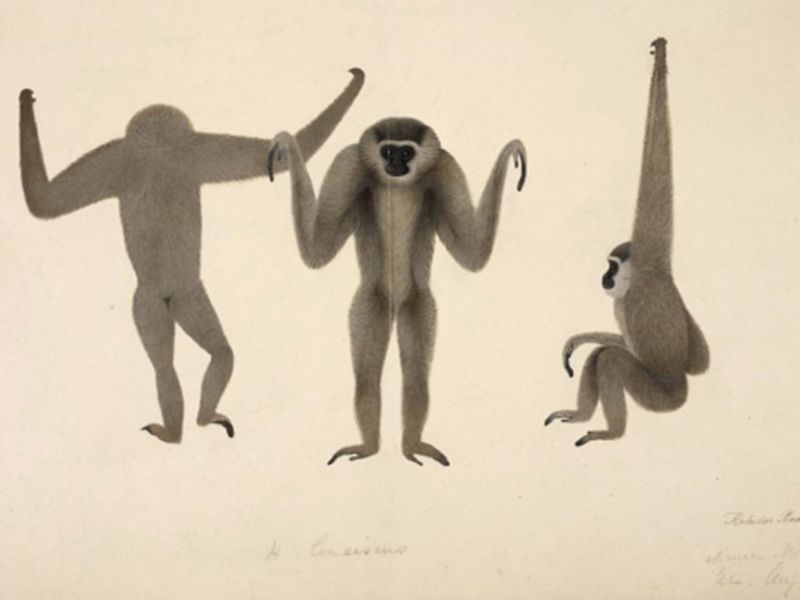
Bengali painter of extraordinary talent
Hardly did Buchanan know that the ambitions he had been secretly nurturing would turn real with an additional offer of the superintendent of the new institute of natural history.
An untimely escape from medical services loomed large while the promise of scientific study and the verdant nature of Lakhimpur pulled him in. He started exploring the freshwater species of the mighty river Meghna and its tributary Subansiri.
Whether the decision to survey and document the freshwater biodiversity of the vast Ganges and its tributaries was Buchanan’s individual initiation or a formal task assigned by the authorities remains ambiguous, but it happened in the last years of the 1700s and the first of the 1800s between 1807-15.
The survey pertinently needed many hands and thus came about one of the most complicated and striking long-term collaborations, an understanding of employment between an ambitious Scottish surgeon and naturalist and a Bengali painter of extraordinary talent.
While the former was a Western-educated EIC official who by then had also served as the surgeon of Governor-general Wellesley, the latter was a local artist called Haludar, about whom the art historians of South Asia became aware very recently.
While posted in Lakhimpur, Buchanan was introduced to Haludar—interestingly by Roxburgh as an artist who could assist him in drawing his zoological specimens. As was the trend of the day, Haludar may have been among many such local artists who worked with Europeans, in particular those who had a personal knack for the natural history of India.
Malini Ray, head of Visual Arts at the British Library, mentions in her essay in “Forgotten Masters: Indian Painting for The East India Company,” “Copies and duplicate sets of natural history drawings were commissioned, with the intention that one set would remain in India while another would be sent to the East India Company’s Library in London.”
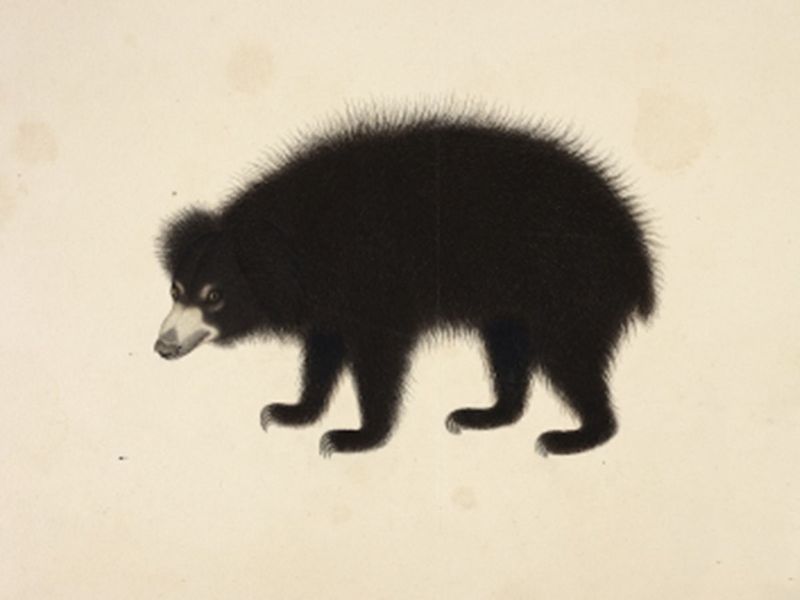
Birds and quadrupeds
In the next two decades, Buchanan would continue to collaborate with Haludar across his different postings in Bengal, including Barrackpore near Kolkata, where he became in charge of Lord Wellesley’s private menagerie, perhaps his most ambitious plan to document and illustrate birds and quadrupeds, as mentioned in the minutes of the Governor-general’s meeting in 1804.
Decades later, Sunderlal Hora, a pioneering Indian zoologist (ichthyologist) and Director of the Zoological Survey of India, who extensively worked on Buchanan’s manuscript, wrote, “There are four volumes of Buchanan’s Zoological Drawings in the library of the Asiatic Society of Bengal, and it is well known that two of these contain fish drawings.
Thus, there are 100 separate drawings in all, of which 54 are colored illustrations, 41 are outline drawings (dorsal view of fish), and 5 are sketches representing some important structures.”
Hora goes on to explain the details of the art plates, mentioning the provenance of drawings, “After Buchanan’s departure from India, his Zoological Drawings were placed under the charge of the Superintendent of the Royal Botanical Garden.”
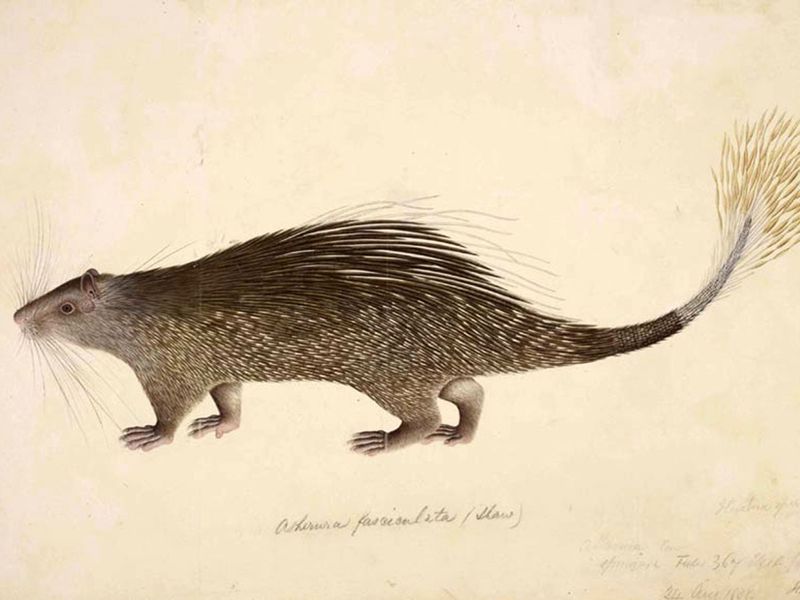
Lesser-known entity
While tabulating Buchanan’s collective work, Hora mentions an important manuscript called “Hamilton on Gangetic Fishes,” published in Edinburgh in 1822, exactly two hundred years ago. Hora identifies Mr. Gibbon’s handwriting and Buchanan’s own on the plates but does not indicate any other local artist’s handwriting or signature. Gibbon, who acted as Buchanan’s associate in drawing specimens, got involved in this huge project courtesy of the former himself, who had appealed to the Government with a recommendation for Gibbon in his letter of August 1, 1805.
Yet Haludar, who was always around ever since he was hired, finds no mention.
Invariably, with imperial interests, it would be British-Scottish surveyors who would be remembered for posterity, with multiple taxa in their honor, and this wasn’t an exception for Buchanan, who is remembered by zoologists, historians of colonial history, and hobbyists for disseminating one of the biggest natural history surveys that India had ever undertaken.
The lesser-known entity in all this was Haludar, who had long faded from public memory until he was unearthed via a spectacular exhibition on Company Art curated by historian and art historian William Dalrymple, named “Forgotten Masters: Indian Painting for The East India Company.”
Interestingly, after the exhibition and the catalogue, a book resulting from it, Haludar and his peers seem to be better known in popular narratives of art history and the 18th and 19th-century colonial history of Bengal. Yet, this still remains one of the amazing lesser-known stories of imperialism, botany, natural history, power dynamics, and incomplete desires.
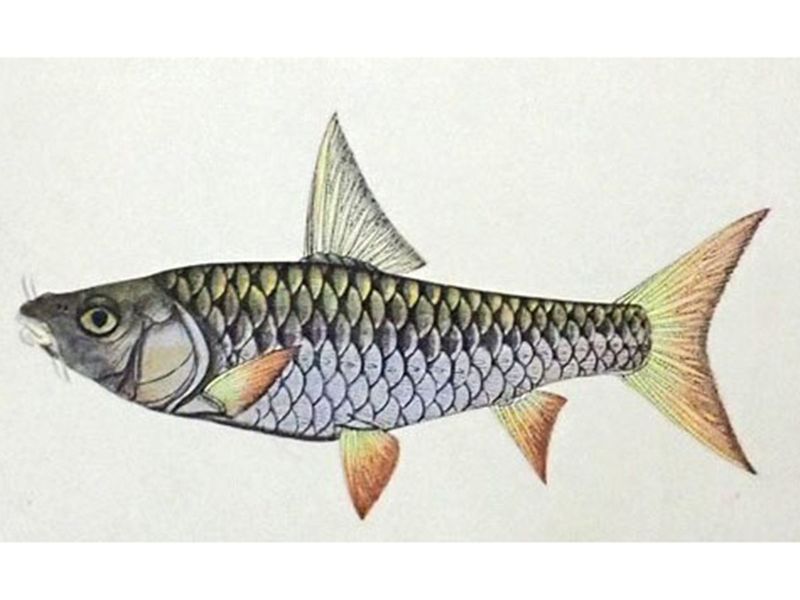
An artist honoured
Ironically, even Hora, a fellow Indian whose work on fishes of this part of the world has been considered seminal, does not say much about Haludar. In fact, he finds Buchanan crediting Haludar in the manuscript as a ‘Bengali youth,’ from a prime biography of Buchanan titled “A Sketch of the Life of Francis Hamilton (once Buchanan, sometime Superintendent of the Honourable Company’s Botanical Garden, Calcutta)” by David Prain.
It is actually Prain who refers to a letter that Buchanan wrote to Roxburgh on November 30, 1797: “I have given my old painter a gold mohar (coin) a month and have him employed on fishes. I am attempting to make him do the outlines with some degree of accuracy; when he succeeds in that, I shall begin to color.”
Beyond unthinkable as it was in the depth of colonial times, acknowledging a local artist of Indian origin. Much later, in 2010, Rohan Pethiyagoda, one of the leading naturalists and taxonomists of Sri Lankan origin, proposed a name change for a genus of freshwater fish called cyprinids or carps to ‘Haludaria,’ named in honour of the artist ‘Haludar.’
Pethiyagoda tells us, “Haludaria nom. nov. is named for ‘Haludar, a Bengal youth’ who in circa 1797 was ‘the artist who made the exquisite illustrations of “Gangetic Fishes” depicted in Francis Hamilton’s (1822) book on the fishes of the Ganges River.”
Isn’t that more than a remarkable feat for ‘a Bengali youth,’ an Indian who had otherwise been long forgotten?
Nilosree is an author, filmmaker








